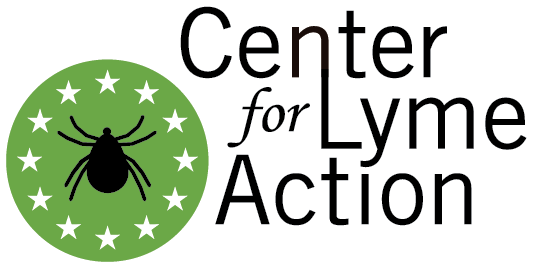
Introducing the Lyme Moonshot
Americans should be aware that tick-borne diseases (TBD)s are sharply on the rise in the U.S., highlighted by the combination of climate change, international travel, changing land use, deforestation, and urbanization of rural areas. The number of reported cases has been increasing annually with a steady increase in tick-borne diseases. There are several challenges to preventing TBDs, including the lack of vaccines and effective vector control tools, insecticide resistance, and eroding technical capacities in public health entomology at federal, state, and local levels. [1] For these reasons, a national strategy is needed to address VBD threats and to reverse the alarming trend in morbidity and mortality associated with these diseases. The administration should establish a TICK Office and launch a Lyme Moonshot to diagnose, treat manage and cure Lyme and other tick-borne diseases by 2030. TICK stands for Tick-borne Innovation, Collaboration, and Knowledge.
In 2020 we have seen how an infectious disease like Covid-19 can have a major impact on all aspects of American life and even our national security. Like Covid-19, Lyme disease affects hundreds of thousands – actually more than 300,000 US citizens[2] each year. 1-2 million people suffer from Persistent Lyme Disease with debilitating symptoms and the economic cost of Lyme disease is estimated to exceed $75 billion.[3][4] The effect of Lyme disease is felt by Americans across all ages, all walks of life — our military, our hospitals, our schools, our children, and our businesses. Since Lyme patients have no reliable diagnostic, no vaccine, and no working therapy for persistent conditions,[4] we propose a 5-pronged federal approach to accelerate positive health outcomes for Lyme patients. The Lyme Moonshot will leverage a Whole of Government effort in collaboration with the Private Sector, Research Institutions, and Healthcare Providers.
[1] Petersen LR, Beard CB, Visser SN. Combatting the Increasing Threat of Vector-Borne Disease in the United States with a National Vector-Borne Disease Prevention and Control System. Am J Trop Med Hyg. 2019;100(2):242-245. doi:10.4269/ajtmh.18-0841
[2]Hinckley, A. F., Connally, N. P., Meek, J. I., Johnson, B. J., Kemperman, M. M., Feldman, K. A., . . . Mead, P. S. (2014). Lyme disease testing by large commercial laboratories in the United States. Clinical Infectious Diseases, 59(5), 676-681. doi:10.1093/cid/ciu397
[3] Zhang, X., Meltzer, M. I., Pena, C. A., Hopkins, A. B., Wroth, L., & Fix, A. D. (2006). Economic impact of Lyme disease. Emerging Infectious Diseases, 12(4), 653-660. doi:10.3201/eid1204.050602
[4] Tick-borne Disease Working Group Report to Congress. https://www.hhs.gov/sites/default/files/tbdwg-report-to-congress-2018.pdf

